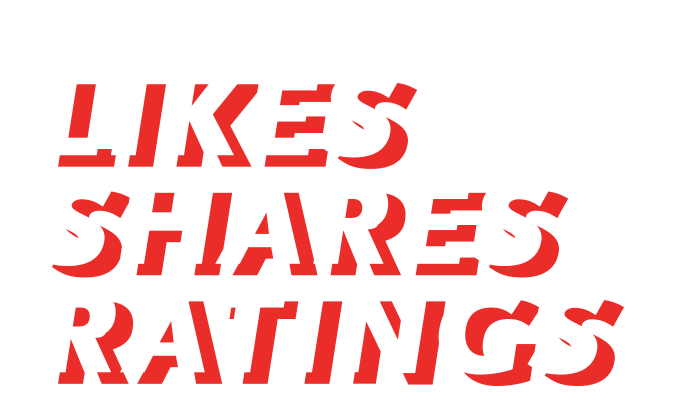statement #1 — e-commerce
The volume of goods bought online has grown strongly in recent years. What will the e-commerce concept of the future look like?
New exciting technologies will continue to boost online retailing, but bricks-and-mortar stores will remain, predicts Vanessa Traue of Melitta Europe – Sales Europe Division.

Question #1
How important is e‑commerce for Melitta? How has online business developed over the past few years?


E-commerce has, of course, become much more important in recent years. A sales organization without online stores is hard to imagine these days. And this trend has gained even more momentum as a result of the coronavirus pandemic. Melitta was an early adopter of e-commerce and, in addition to the well-known online platforms, we also set up our own web shop in order to establish direct contact with consumers. Our approach is to offer goods wherever shoppers spend time and expect to find our products – whether in bricks-and-mortar stores or online, and whether on external e-commerce platforms or in our own web shop. This approach proved highly successful in the past fiscal year, as it enabled us to respond very flexibly to the growing demand for our products.
Question #2
How do you expect e‑commerce to develop in the coming years?
First of all, I expect the upward trend of the past few years to continue and possibly even intensify. This is because people who previously had no, or only little, experience of e-commerce had far greater exposure to it as a result of the pandemic. There has been a definite increase in the number of online shoppers. And this applies especially to those segments which previously only accounted for a small share of online sales. A good example of this is the food sector. We expect to see very high growth rates in these segments in particular over the coming years. In addition, new technologies such as augmented reality and artificial intelligence are likely to bring about further improvements in the online shopping experience.
Question #3
Will e‑commerce continue to squeeze traditional store sales in the coming years?
We believe that e-commerce will become increasingly important, but will not displace traditional bricks-and-mortar stores. On the contrary, the two forms complement each other. The choice between physical and virtual store ultimately depends on a number of factors: personal preference, the particular situation or occasion, and of course the product. As such, bricks-and-mortar stores will continue to exist as the virtual shopping experience can never compare with being able to physically wander through the store. Shopping centers and malls are not only aware of this fact but already adapting to it: offering more experiences, entertainment, and diversions to maintain the relevance and attractiveness of in-person shopping.
Question #4
How do you manage to sell more complex products that require more explanation without the possibility to make personal contact?
Consumers have very different information requirements, as these depend on their prior knowledge, their own personal need for information, and their preferred communication media. Different lifestyles and experiences also have an influence on their need for information. As a result, the challenge for product providers is to develop information offerings for as many different shopper types as possible: some like to read texts, others prefer tables or comparisons, and some are best reached via video or live chats. A significant number of consumers are also swayed by certificates, labels or seals of approval, or persuaded by the reviews and “likes” of other shoppers. Personal recommendations, for example from friends or influencers, are also becoming increasingly important. The new technologies already mentioned, such as the use of augmented reality technology in combination with 3D animations, are helping us provide these different types of information. The fascinating thing here is that customers are, of course, also continuously evolving in their information behavior, so that providers must constantly adapt and develop their communication with customers and the way they present their products.

